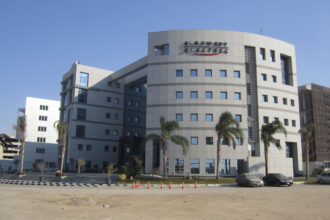At a Glance
- Crypto and stablecoins slash Africa’s costly remittance fees, offering faster, seamless money transfers.
- Digital platforms like AZA Finance and Stellar-backed projects reshape Africa’s remittance infrastructure.
- Regulatory clarity and trust will define how crypto remittances scale across African markets.
Africa’s $50 billion remittance market is undergoing a quiet revolution. Across Lagos, Nairobi, and Accra, families depend on money sent home from abroad, yet the process remains slow and costly.
Now, crypto remittances are rewriting that story. With blockchain rails and stablecoins offering faster, cheaper cross-border payments, Africa is emerging as the next frontier in digital money transfers.
Remittance inflows to sub-Saharan Africa reached about $54 billion in 2023, according to the World Bank.

Across the continent, total money moving in and out runs into tens of billions more each year. These flows pay for food, healthcare, and education, often stabilizing local economies. Yet for many families, sending money home is still slow, costly, and tangled in red tape.
A legacy that still matters
For years, traditional channels, banks, money-transfer operators, and informal couriers, have handled most transactions. The system works, but not efficiently. Sending $200 to Africa still costs around 8 percent on average, far above the United Nations’ 3 percent target.
These high costs cut into household income and push some senders toward informal routes. That inefficiency has opened the door for a new wave of digital players offering faster, cheaper ways to move money.
The right moment for change
Technology is now meeting need. Africa’s mix of high remittance volumes, mobile-phone access, and tech-savvy youth makes it ripe for innovation.
Crypto-based rails and stablecoins are emerging as practical alternatives. They allow transfers to clear in seconds rather than days, at a fraction of the cost, while skipping multiple middlemen.
Inside the new rails — and who’s building them
This shift isn’t about a single company. It’s a growing network built on blockchain and stablecoins that keep value stable during transfer.
Platforms like AZA Finance, formerly BitPesa, have already shown that crypto rails can cut foreign-exchange costs for businesses and families.
In Nigeria, Stellar-backed projects such as Cowrie are testing how tokens can settle directly into local accounts when trusted cash-out partners are in place.

Why users will care
For users, the draw is simple: transfers arrive faster and cheaper. Families can hold stablecoins to avoid currency swings or cash out immediately.
But success depends on more than technology; transparency, clear fees, and strong consumer protection are key.
Policy and the pace of trust
Central banks remain cautious. Nigeria’s regulator, for instance, restricts how banks can interact with crypto providers.
Still, several governments are testing regulatory sandboxes and licensing frameworks for virtual asset service providers.
Balanced rules could help move crypto remittances from pilot projects to mainstream use, safely and at scale.
A quiet but lasting shift
This transition will unfold unevenly. Corridors with supportive regulation and active diasporas will lead, while others take time to follow.
But the momentum is clear: with billions in annual flows and growing digital access, Africa’s remittance market is ready for a rethink, one that puts families, not fees, at the center.















